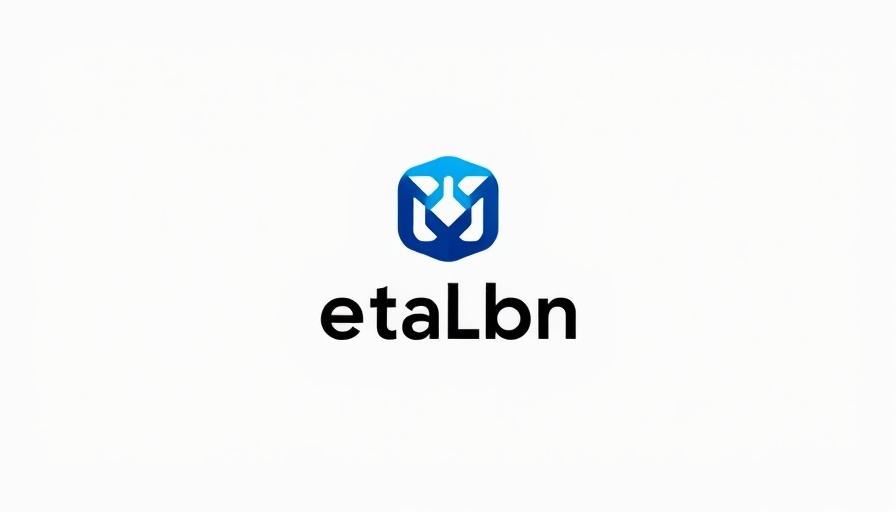
Why Changing Content Strategy Matters
In today’s digital landscape, social media platforms like Instagram are not just social avenues; they are vital business tools. For business owners looking to expand their reach and engage with their target demographics, understanding how to approach content changes on these platforms is critical. As Instagram's chief, Adam Mosseri, recently shared, transitioning to a different content strategy requires careful consideration to maintain your established audience and interaction rates. Abrupt changes can lead to a decline in engagement, adversely impacting business growth.
The Risks of Starting Fresh
A common misconception is that creating a new account is an easy solution when shifting content themes. Mosseri advises against this approach unless the change is drastic. Starting from scratch can be challenging; the algorithms favor established accounts with a defined audience and substantial interaction metrics. By opting for a fresh start, many creators overlook the data and relationships they've built over time, jeopardizing their engagement and outreach potential.
Smart Strategies for Transition
The process of pivoting your content focus should be gradual and well-considered. Mosseri recommends some pragmatic techniques for a seamless transition:
- Communicate with Your Audience: Letting your followers know about the upcoming changes through a dedicated post can foster anticipation and keep them informed.
- Utilize Archived Content: Consider archiving older posts that may confuse your audience, allowing your new content to shine through without the baggage of your old strategies.
- Experiment with Reels: Before fully committing to a new direction, test out various types of Reels to gauge audience reactions. This allows you to still engage your existing followers while exploring content that might attract a broader audience.
Understanding Instagram's Algorithm
For many business owners and creators, insights into how Instagram’s algorithm works can guide their content strategy. Every action – from post likes to shares and comments – helps the platform better understand who your audience is and what they like. When you frequently alter your content without a clear strategy, it can lead to an identity crisis, both for your brand and within the algorithm. Stability keeps your audience engaged and aids the platform in effectively promoting your content to relevant users.
Engagement Trends and Adaptation
It’s essential to consider upcoming trends in social media engagement. As content consumption evolves, maintaining flexibility in your approach allows businesses to adapt and grow. The interest among users in various types of media, from short videos to interactive posts, signifies the need for businesses to stay ahead of the curve while transitioning strategies. Understanding this dynamic landscape enables businesses to leverage their existing followings with fresh ideas that resonate.
Leveraging Current Insights
Creative entrepreneurs can best navigate these transitions by continually assessing their audience interactions and feedback. Drawing insights from analytics helps you understand what variations of content perform best, enabling successful pivots in strategy over time. In today’s ever-changing marketplace, leveraging data to inform decisions about adjusting content approaches can provide business owners with a competitive advantage.
Final Thoughts: Engage to Grow
The journey of content evolution on Instagram is not a solo venture; it's a delicate balance between innovation and your established audience's preferences. By maintaining effective communication, experimenting thoughtfully, and learning from analytics, you can successfully shift your content focus while fostering growth and engagement. So, before making any drastic changes, ensure you’re informed and strategizing wisely.
For those business owners looking to deepen their knowledge of social media strategies, consider joining networks or workshops that specialize in these adaptations. Your success in social media growth hinges on making well-informed decisions about your content strategy.
 Add Row
Add Row  Add
Add 




Write A Comment